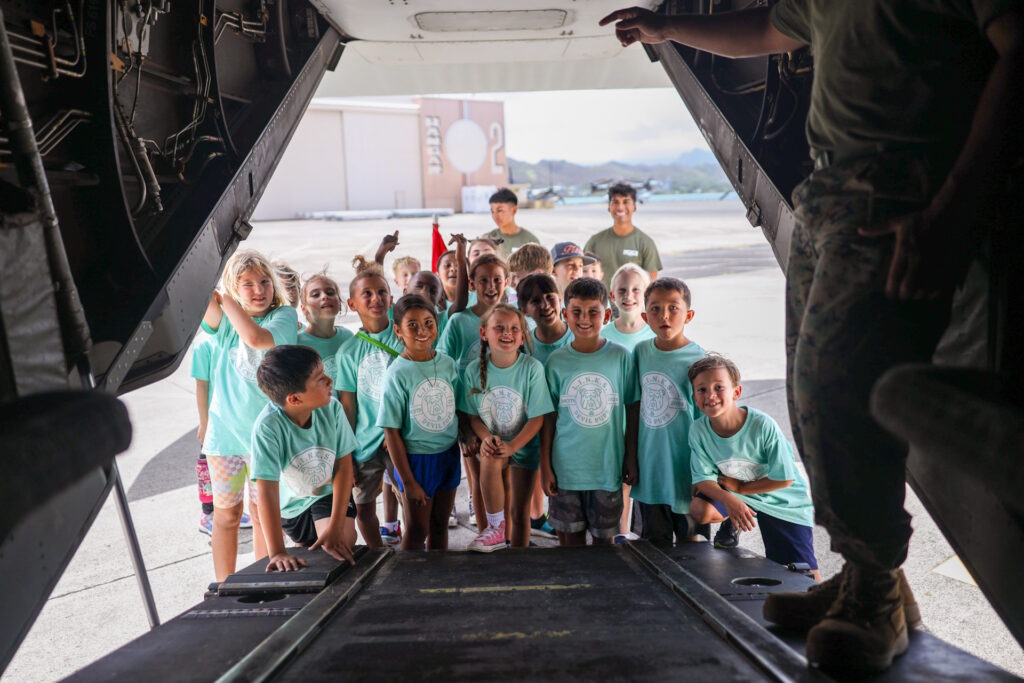“To be born and grow up the child of a serving soldier gives one a unique background and upbringing, an observation that applies just as much during the twenty-first century as it did when Britain’s standing army officially came into being in 1689.” (TACA)
“Over the hills, and over the main,
To Flanders, Portugal, or Spain:
The queen commands, and we’ll obey –
Over the hills and far away.
We all shall lead more happy lives,
By getting rid of brats and wives,
That scold and brawl both night and day –
Over the hills and far away.”
These are some of the lines to a song in the comedy ‘The Recruiting Officer’ by the Irish writer George Farquhar. “This comedy was first produced on April 8, 1706, at Drury Lane, and was very successful. “
“It is one of the liveliest plays in our language: the plot carefully constructed and held together by amusing yet probable incidents, the scenes illustrative of certain phases of social life ignored by the historian, and the dialogue, is not supremely witty, always genial and vivacious.”
“It is the truest picture we have of the recruiting service at the close of the seventeenth century, and shows the arts that were once used to fire the ambition and appeal to the ignorance of our country bumpkins. The swagger and sentiments of the rival captains serve as excellent foils to each other.” (Farquhar)
The play “described soldier life and that of their dependents. Back then, married soldiers were divided into two categories: the lucky few who were allowed to have their families live in the barracks and be taken care of by regimental funds, and those whose families had to live outside the barracks. The song referenced the latter as being ‘brats and wives.’” (Lange, DoD News)
‘War slang: American fighting words and phrases since the Civil War’ defines ‘Army brat. A child of an Army officer’ and ‘G.I. brat. A child of a member of the armed forces’. (Dickson)
Some suggest that ‘brat’ is a conjunction of ‘barrack rat’. At the end of the eighteenth century, the term ‘barrack rat’ was used in the United Kingdom.
“‘Barrack rat’ also surfaced in ‘A Dictionary of Slang and Unconventional English.’ It cited the book ‘Old Soldier Sahib’ written in 1936 by Frank Richards, a British soldier who detailed his experiences while stationed in India and Burma during the early 20th century.” (Lange, DoD News)
“It is entirely possible that the term ‘barrack rat’ was constricted to become the term ‘brat’ that we know and use today.” (Clifton)
Still looking at the UK, some suggest that ‘brat’ is an acronym for British Regiment Attached Traveller’ (an administrative term used to classify the families of service personnel deployed abroad). (ArmyBratJourney)
The reference apparently crossed the pond and got into the American lexicon. The October 1941 listing in “American Speech’ notes the ‘Glossary of Army Slang’ – which defines, ‘Army Brat. Son or daughter of Army officer.’
Another definition suggests “Army Brat. (slang) a child of an army officer. This is a term applied in fondness to the officers’ progeny by officers, soldiers and the families themselves …”
“… including the young sons and daughters who are proud of the fact that they form part of an army post’s everyday life as ‘army brats.’”
Other wording for the acronym are also suggested … such as, ‘Bold Responsible Adaptable Tolerant’ and ‘Born Raised And Trained’.
A little while ago, some suggested in a Washington Post article to drop the BRAT reference and replace it with CHAMP (Child Heroes Attached to Military Personnel), asking, ‘Would you rather be called a brat or a champ?’ (Kelly, Washington Post)
A follow-up to that noted, “‘if it ain’t broke, don’t fix it’ category, the acronym CHAMPs (Child Heroes Attached to Military Personnel) doesn’t describe a child of the military.”
“I grew up the daughter of a US Navy officer. We were always called ‘Navy juniors,’ which was unmentioned in the article. I had numerous friends who were children of the other services, and they called themselves ‘brats.’”
“No one thought anything negative about it. The word champ or champions is widely used in the sports world and is not historic to the military. ‘Brats’ is a nickname of honor that doesn’t need fixing.” (McLean, Washington Post)

















































